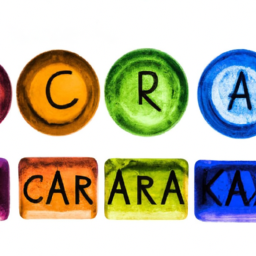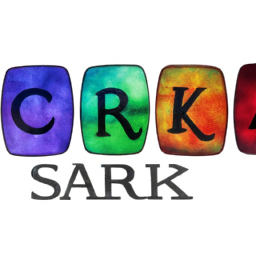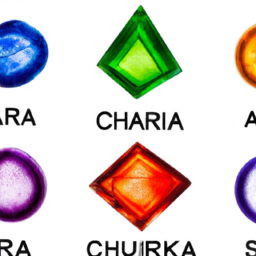
The concept of chakras has been a fundamental and integral part of Eastern philosophy and spiritual practice for centuries. The word chakra originates from the Sanskrit word cakra, meaning wheel or circle. The term chakra refers to energy centers in the body that are believed to be interconnected and responsible for physical, emotional, and spiritual well-being.
The origins of the chakra system can be traced back to ancient Hindu and Buddhist scriptures, with mentions in texts such as the Vedas and the Upanishads. It is believed that the concept of chakras originated with the ancient yogis and sages of India, who had a deep understanding of the human body and its energy systems.
The Seven Chakras
According to traditional teachings, there are seven main chakras located along the spine, each associated with a specific color, sound, element, and aspect of human existence. These chakras are considered to be the energy centers of the body and are responsible for the flow of prana (life force energy) throughout the body.
1. Root Chakra
The Muladhara or root chakra is located at the base of the spine and is associated with the color red and the element of earth. It represents stability, grounding, and survival instincts. A balanced root chakra is essential for our physical and emotional well-being.
2. Sacral Chakra
The Svadhisthana or sacral chakra is located just below the navel and is associated with the color orange and the element of water. It represents creativity, sensuality, and emotional balance. A balanced sacral chakra allows us to experience pleasure and feelings of abundance.
3. Solar Plexus Chakra
The Manipura or solar plexus chakra is located above the navel and is associated with the color yellow and the element of fire. It represents personal power, self-confidence, and willpower. A balanced solar plexus chakra allows us to have a strong sense of self and make decisions with confidence.
4. Heart Chakra
The Anahata or heart chakra is located at the center of the chest and is associated with the color green and the element of air. It represents love, compassion, and connection. A balanced heart chakra allows us to give and receive love freely and have meaningful relationships.
5. Throat Chakra
The Vishuddha or throat chakra is located at the throat and is associated with the color blue and the element of sound. It represents communication, self-expression, and creativity. A balanced throat chakra allows us to speak our truth and express ourselves authentically.
6. Third Eye Chakra
The Ajna or third eye chakra is located between the eyebrows and is associated with the color indigo and the element of light. It represents intuition, wisdom, and inner vision. A balanced third eye chakra allows us to connect with our inner guidance and have a deeper understanding of the world around us.
7. Crown Chakra
The Sahasrara or crown chakra is located at the top of the head and is associated with the color purple and the element of thought. It represents spirituality, consciousness, and enlightenment. A balanced crown chakra allows us to connect with the divine and experience a state of pure consciousness.
Chakra Healing
In traditional Eastern medicine and spiritual practices, the goal is to maintain the balance and flow of energy within the chakra system. When a chakra is blocked or imbalanced, it can lead to physical, emotional, or spiritual issues. Chakra healing techniques such as yoga, meditation, breathing exercises, sound healing, and crystal therapy can help clear and balance the chakras.
The Chakra System Today
In recent years, the chakra system has gained popularity in Western culture, as more people are becoming interested in alternative healing and spiritual practices. While the concept of chakras may seem esoteric to some, many people have reported significant improvements in their physical, emotional, and spiritual well-being by incorporating chakra healing into their daily lives.
Whether you believe in the chakra system or not, there is no denying that our bodies are made up of energy, and a balanced flow is crucial for overall health and well-being. So, why not explore the ancient wisdom of the chakra system and see how it can benefit you on your journey towards health and happiness.





Interesting read!
#SuperInformative – I find the history of the chakra system fascinating!
This article is so informative!
What an intriguing read!